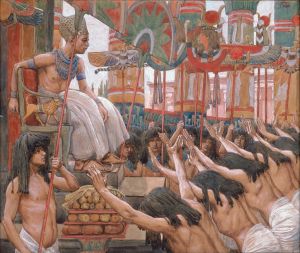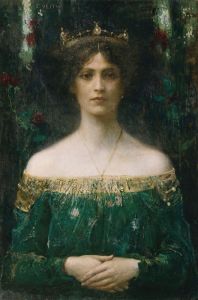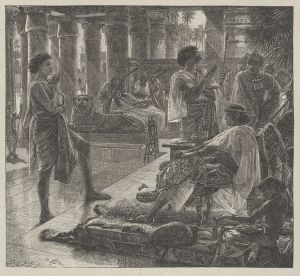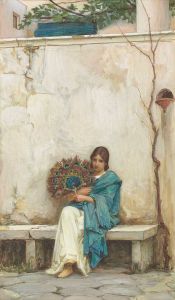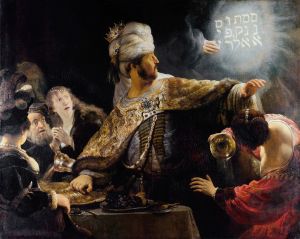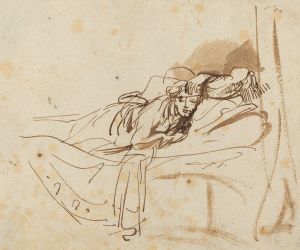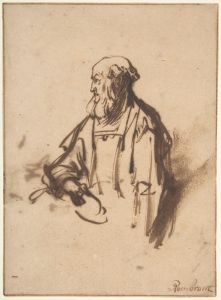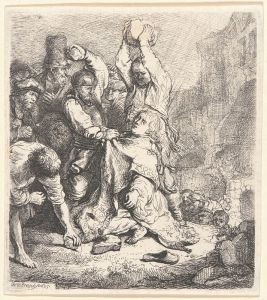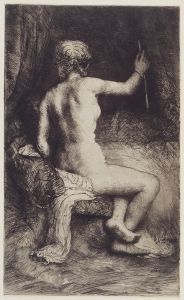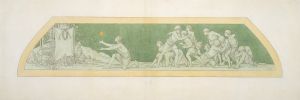
Joseph in Prison Interpreting the Dreams of Pharoah’s Baker and Butler
A hand-painted replica of Rembrandt van Rijn’s masterpiece Joseph in Prison Interpreting the Dreams of Pharoah’s Baker and Butler, meticulously crafted by professional artists to capture the true essence of the original. Each piece is created with museum-quality canvas and rare mineral pigments, carefully painted by experienced artists with delicate brushstrokes and rich, layered colors to perfectly recreate the texture of the original artwork. Unlike machine-printed reproductions, this hand-painted version brings the painting to life, infused with the artist’s emotions and skill in every stroke. Whether for personal collection or home decoration, it instantly elevates the artistic atmosphere of any space.
"Joseph in Prison Interpreting the Dreams of Pharaoh’s Baker and Butler" is a painting by the renowned Dutch artist Rembrandt van Rijn. Created in 1639, this artwork is an exemplary piece from Rembrandt's early period, showcasing his mastery in the use of light and shadow, as well as his ability to convey deep human emotion and narrative through his compositions.
The painting depicts a scene from the Old Testament, specifically from the Book of Genesis, chapter 40. The story revolves around Joseph, the son of Jacob, who was sold into slavery by his jealous brothers and ended up in Egypt. While in Egypt, Joseph was falsely accused of a crime and imprisoned. During his time in prison, he encountered two of Pharaoh's officials: the chief baker and the chief butler (or cupbearer), who had also been imprisoned.
In the painting, Rembrandt captures the moment when Joseph interprets the dreams of these two men. According to the biblical account, the butler dreamt of a vine with three branches that budded, blossomed, and produced clusters of ripe grapes, which he pressed into Pharaoh’s cup. The baker, on the other hand, dreamt of three baskets of bread on his head, with birds eating from the top basket. Joseph interpreted these dreams, predicting that the butler would be restored to his position, while the baker would be executed.
Rembrandt’s composition is notable for its dramatic use of chiaroscuro, the contrast between light and dark, which he employs to draw the viewer’s attention to the central figures and their expressions. Joseph is depicted with a calm and thoughtful demeanor, emphasizing his role as a wise and divinely inspired interpreter. The butler and the baker are shown with expressions of anxiety and hope, reflecting their uncertain fates.
The painting is also significant for its detailed and realistic portrayal of the characters' clothing and the prison setting, which adds to the overall sense of authenticity and immersion in the biblical narrative. Rembrandt’s attention to detail and his ability to capture the psychological depth of his subjects are evident in this work.
"Joseph in Prison Interpreting the Dreams of Pharaoh’s Baker and Butler" is housed in the Gemäldegalerie in Berlin, Germany. It remains an important example of Rembrandt’s early work and his skill in religious storytelling through art. The painting not only highlights Rembrandt’s technical prowess but also his deep understanding of human nature and his ability to convey complex emotions and narratives through his art.
This artwork continues to be studied and admired for its artistic and historical significance, offering insight into Rembrandt’s development as an artist and his contribution to the Baroque period in European art.





